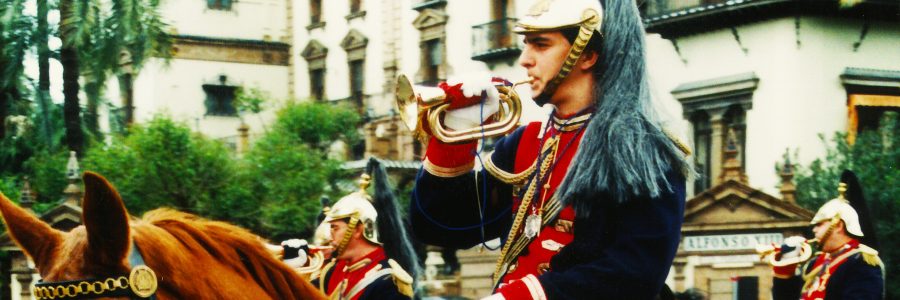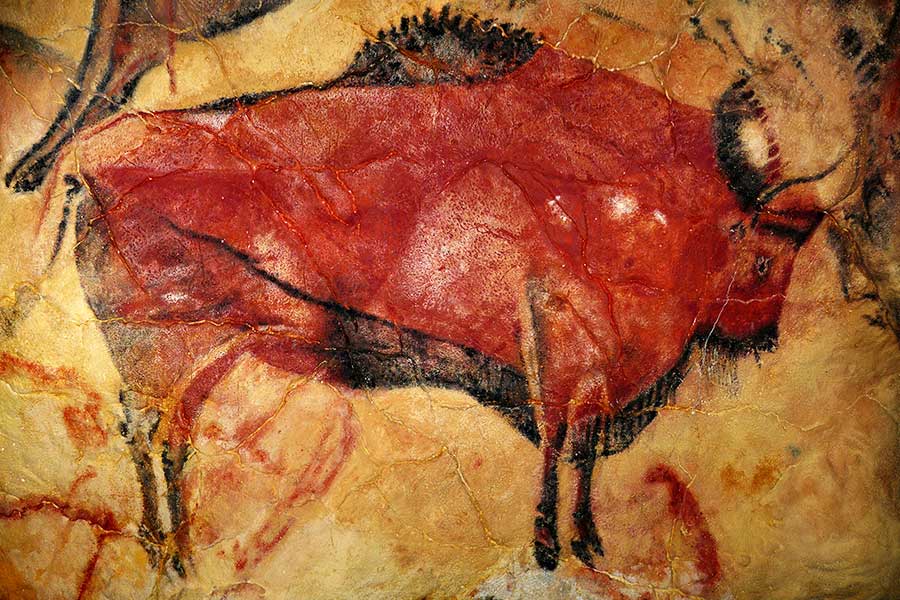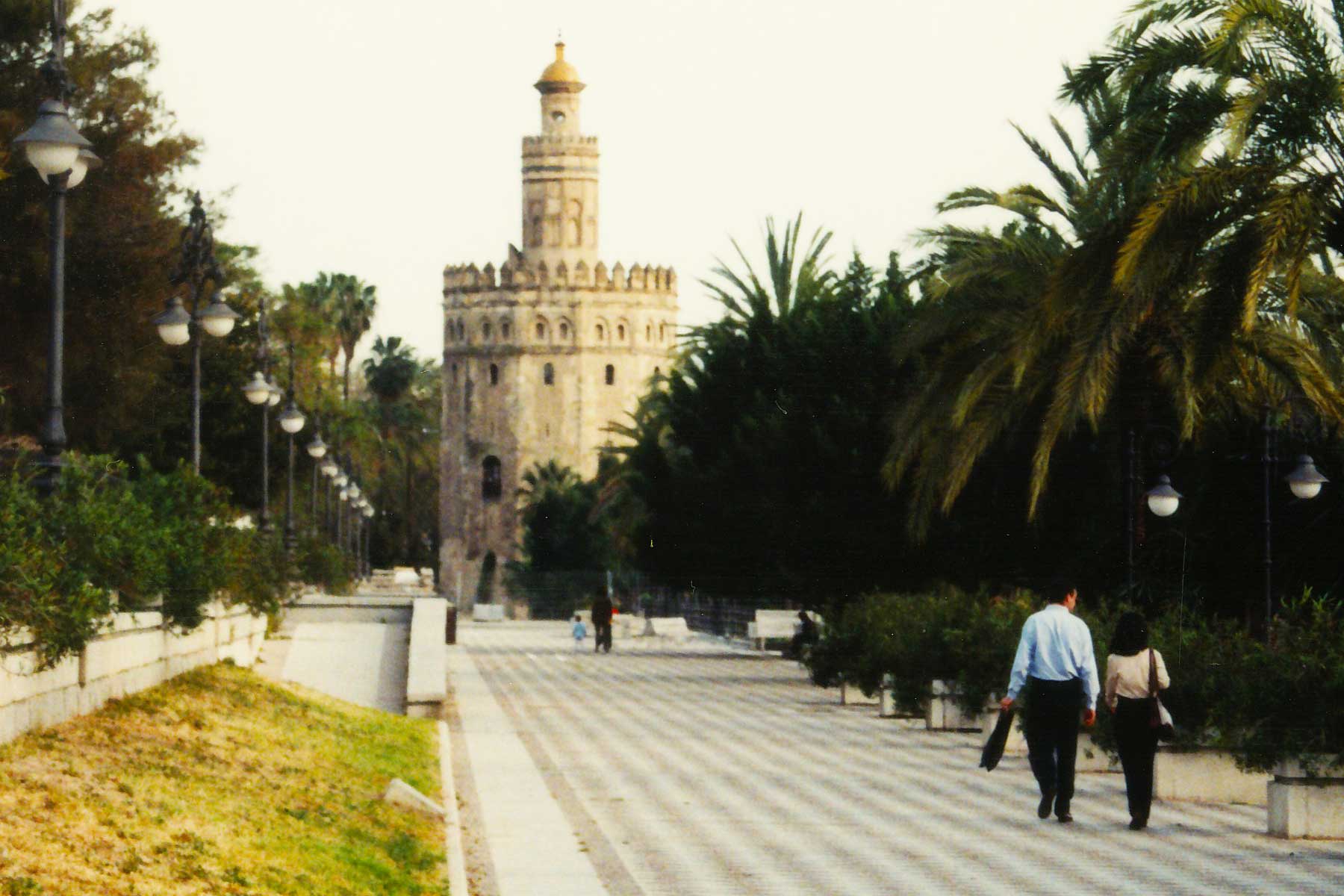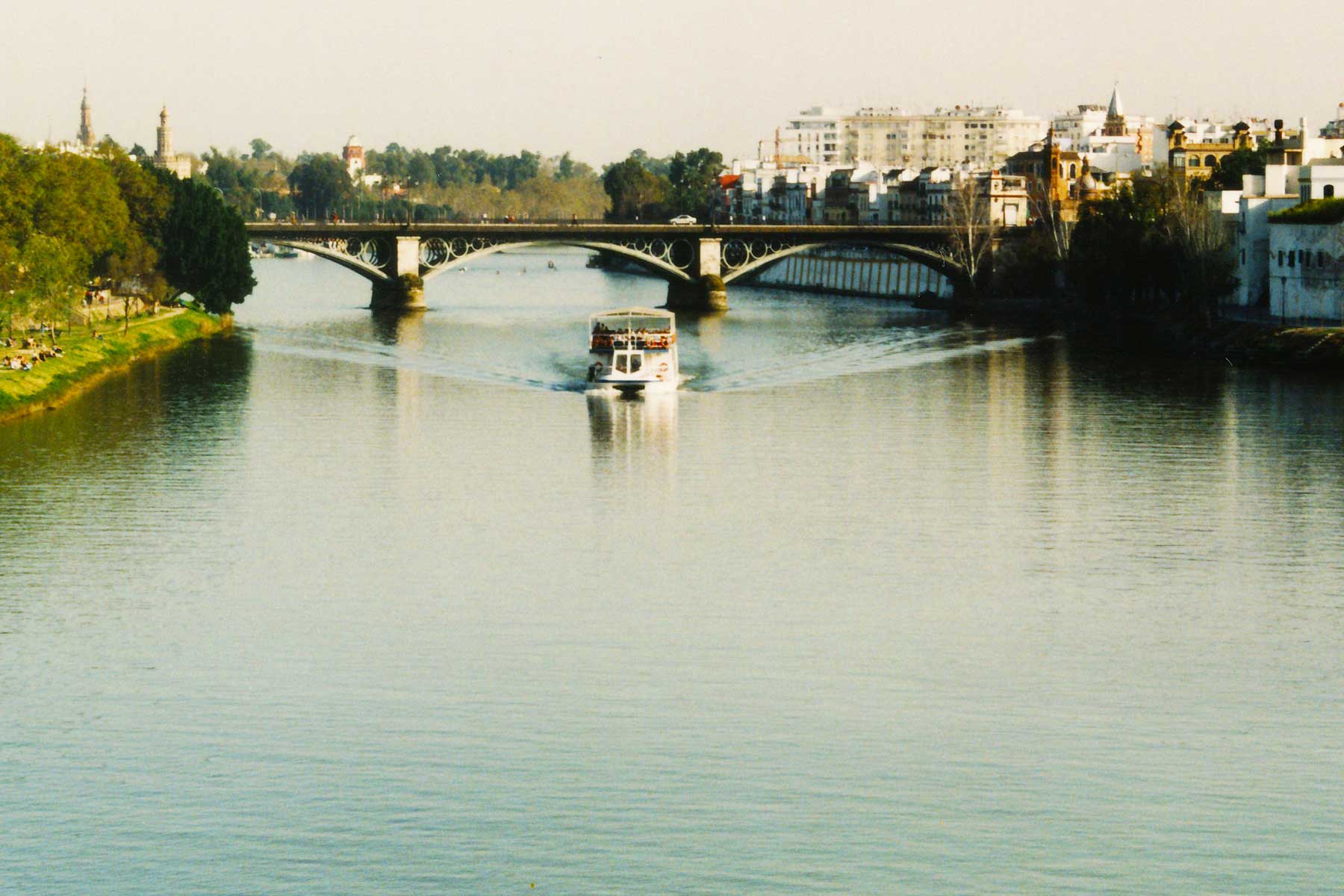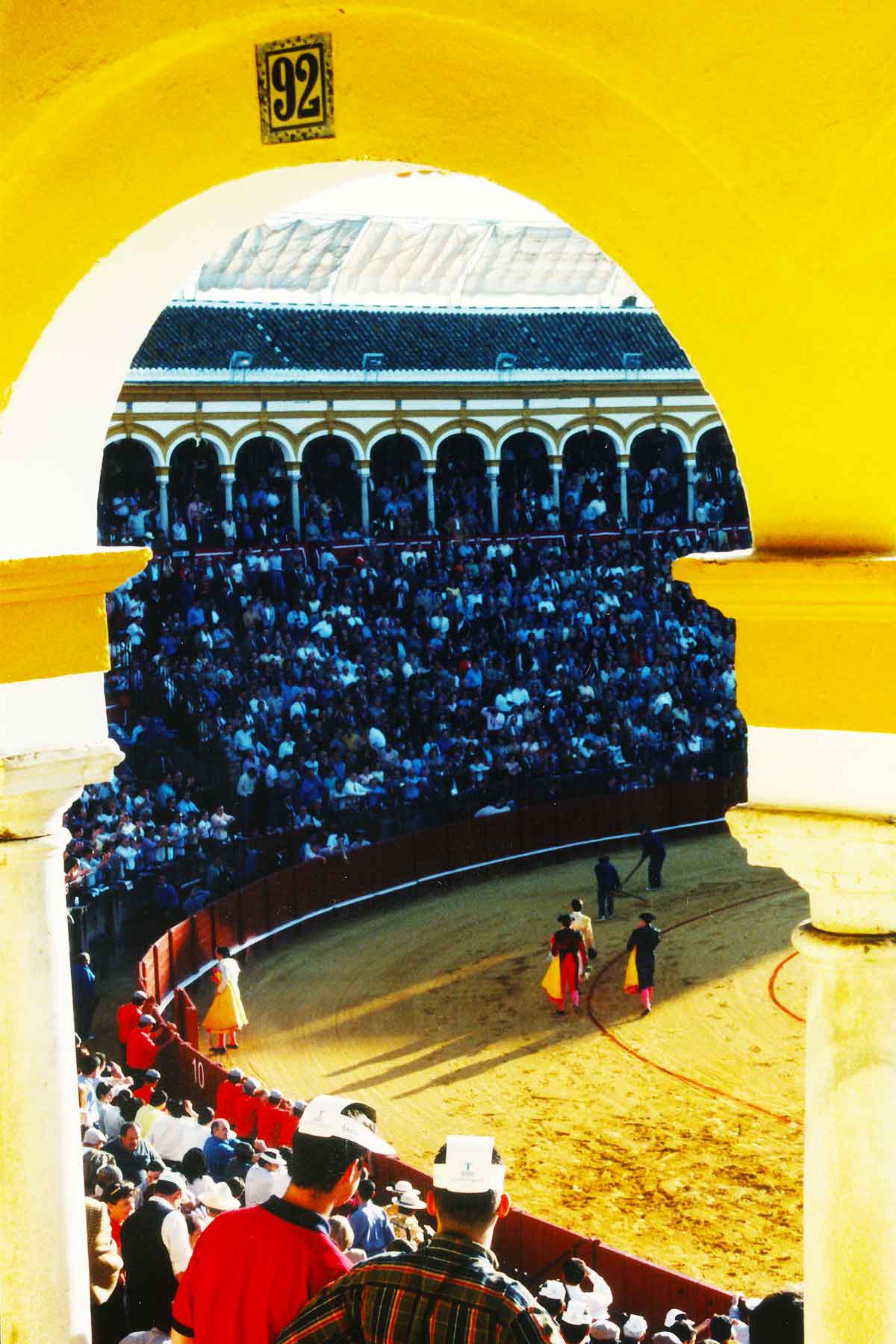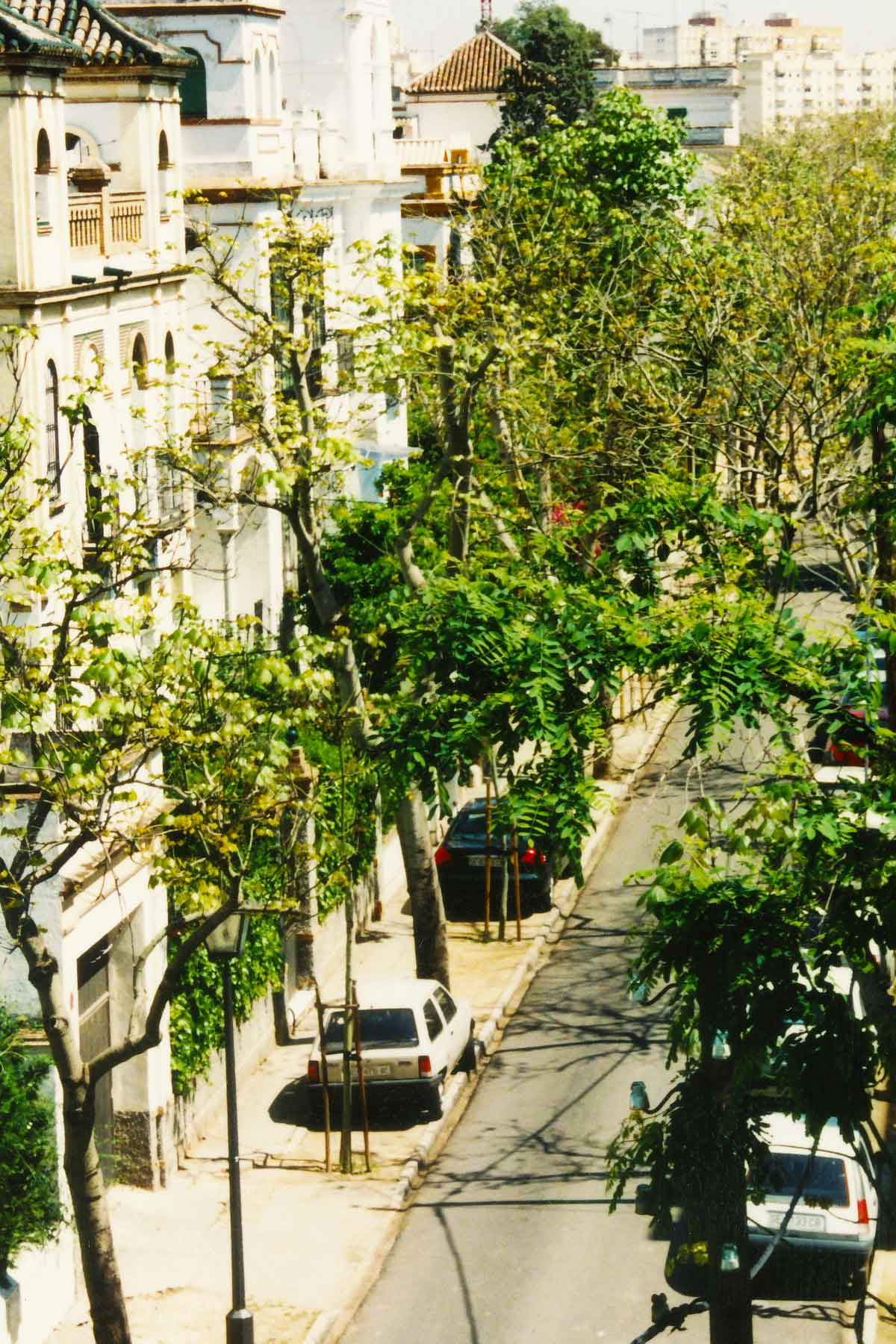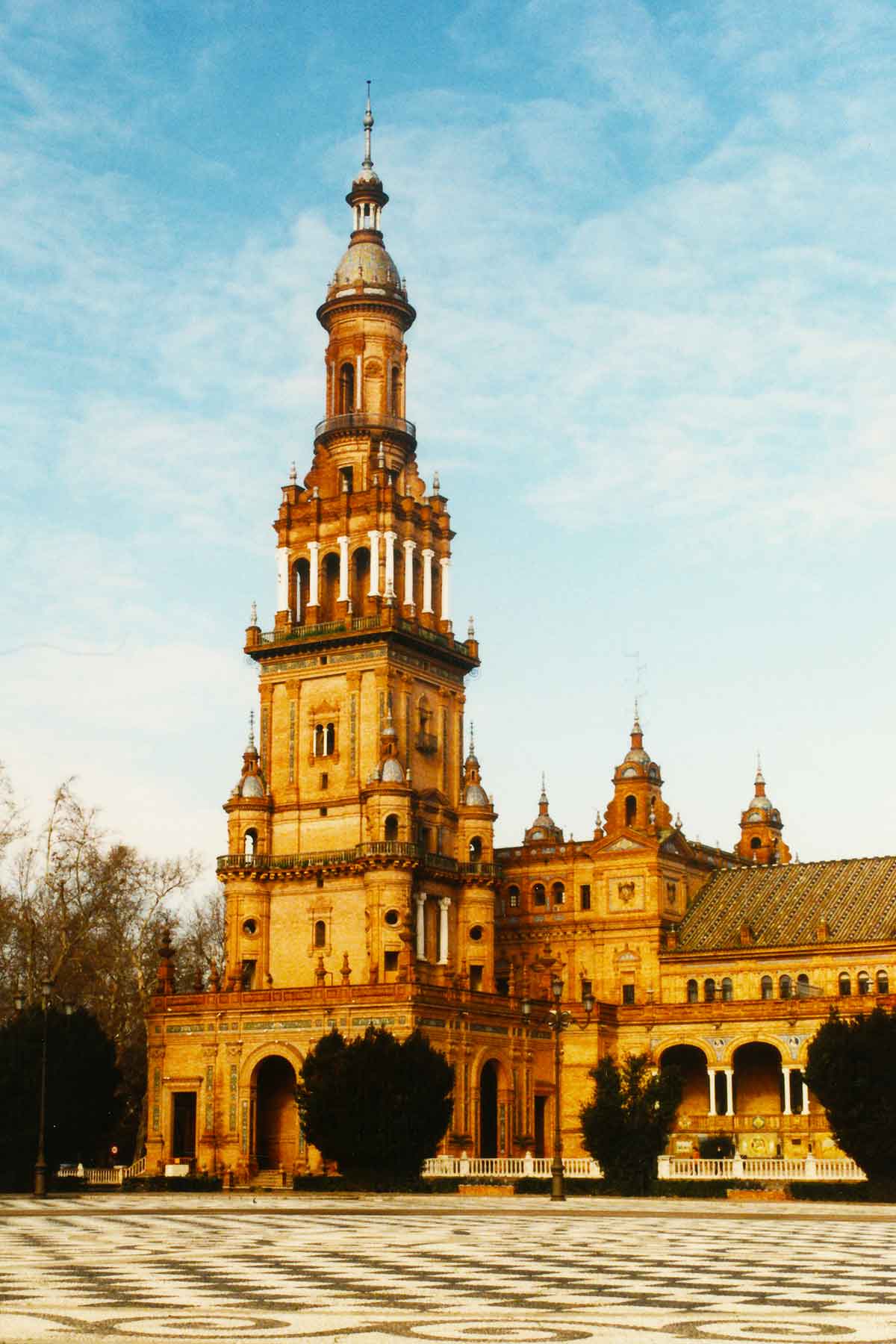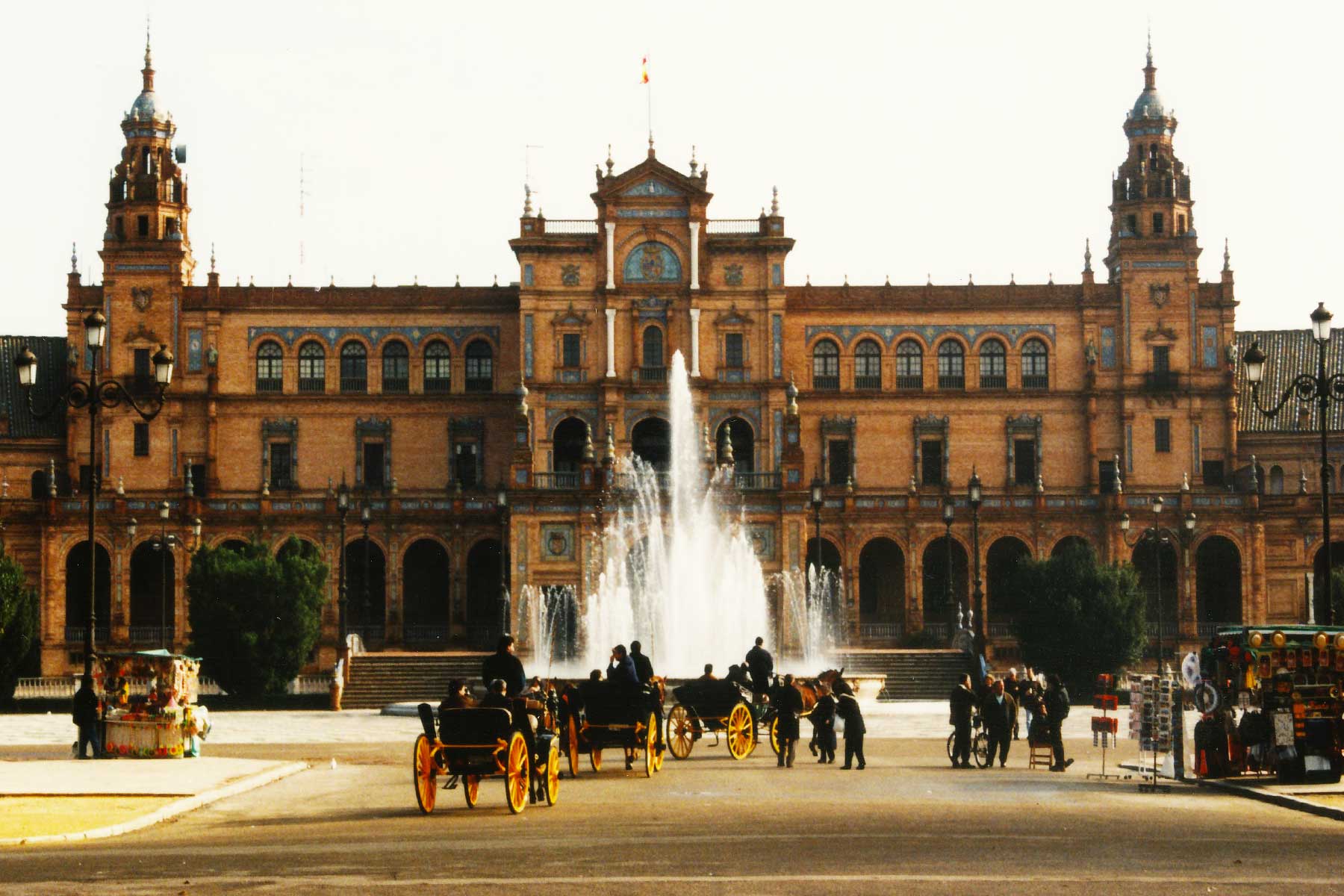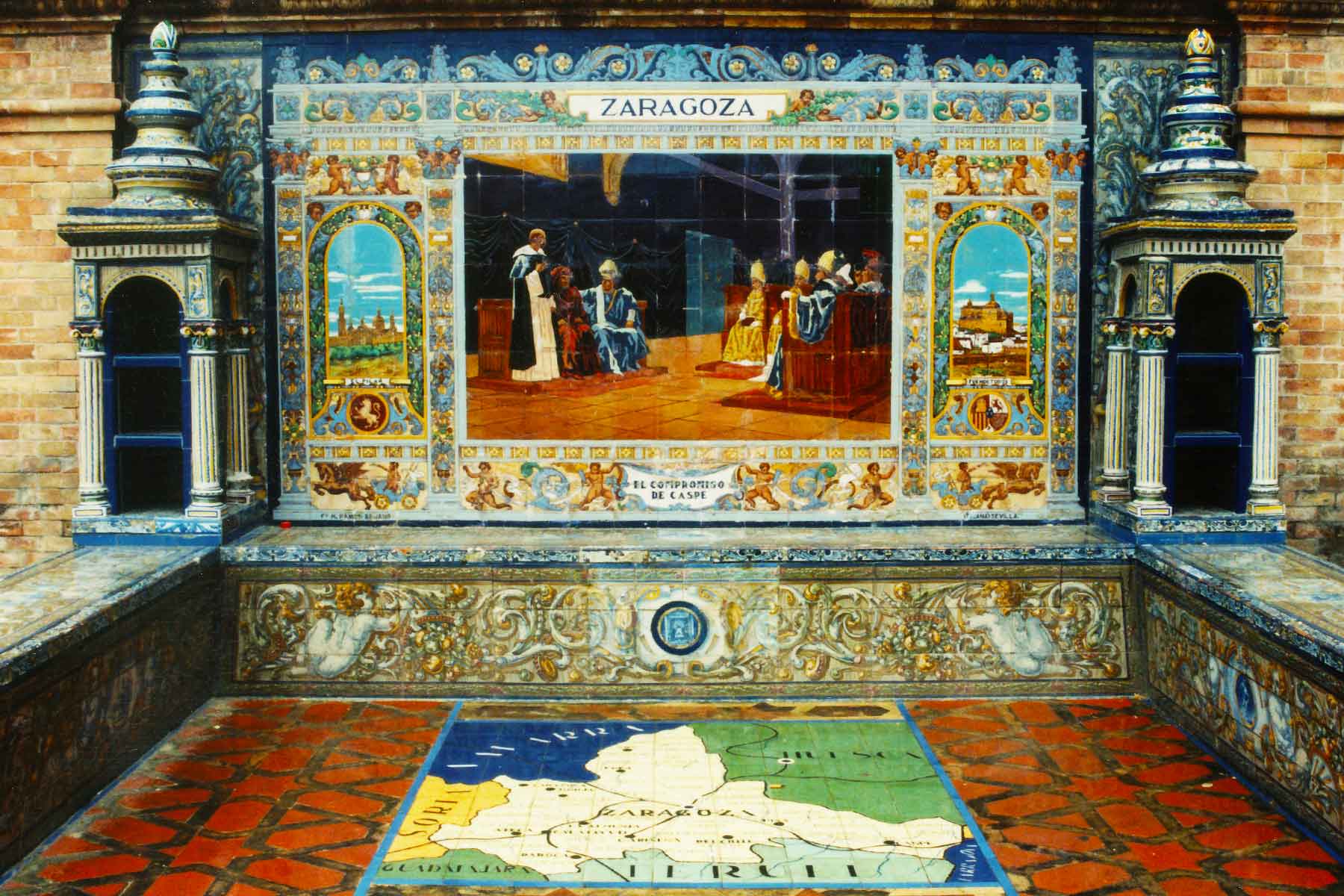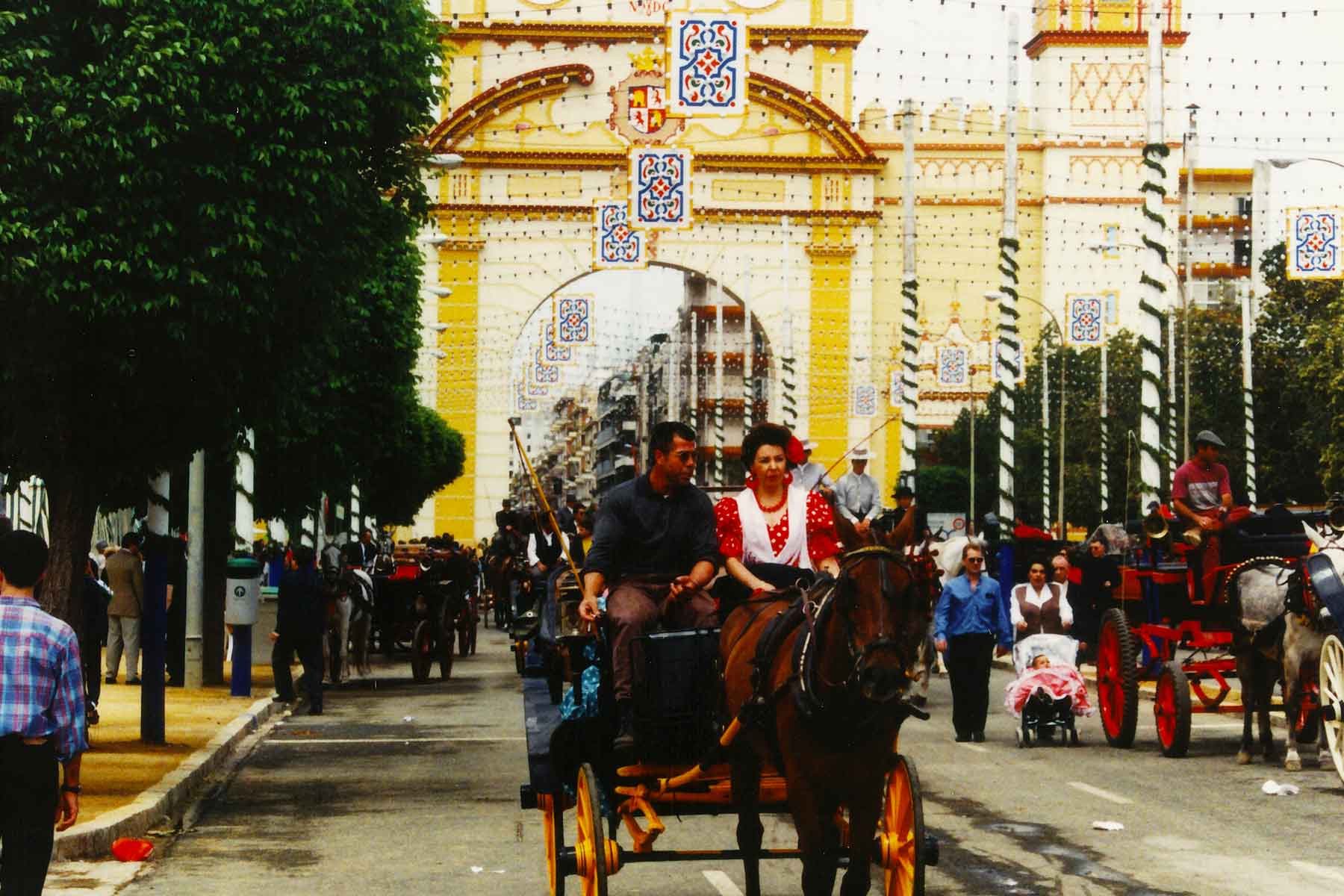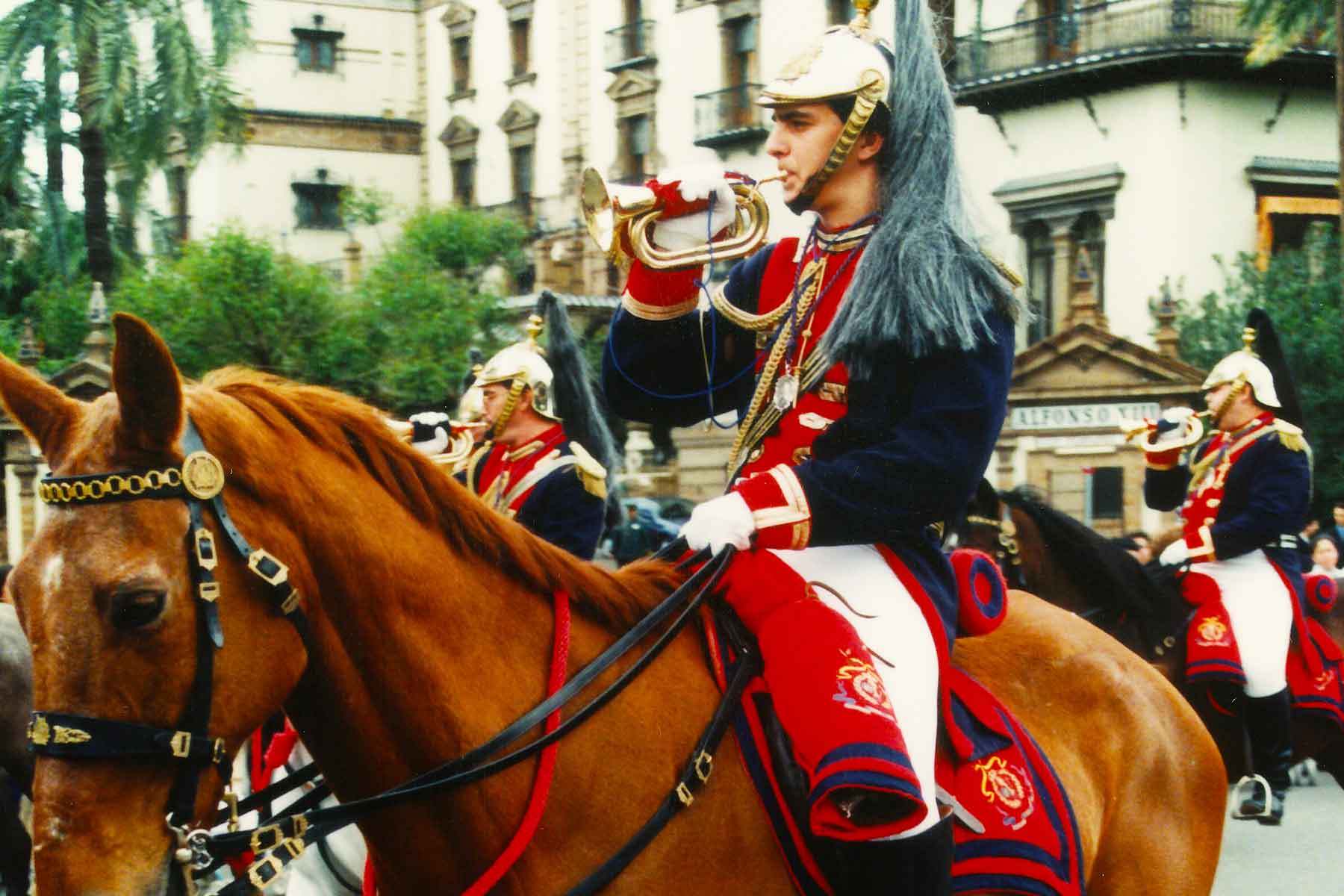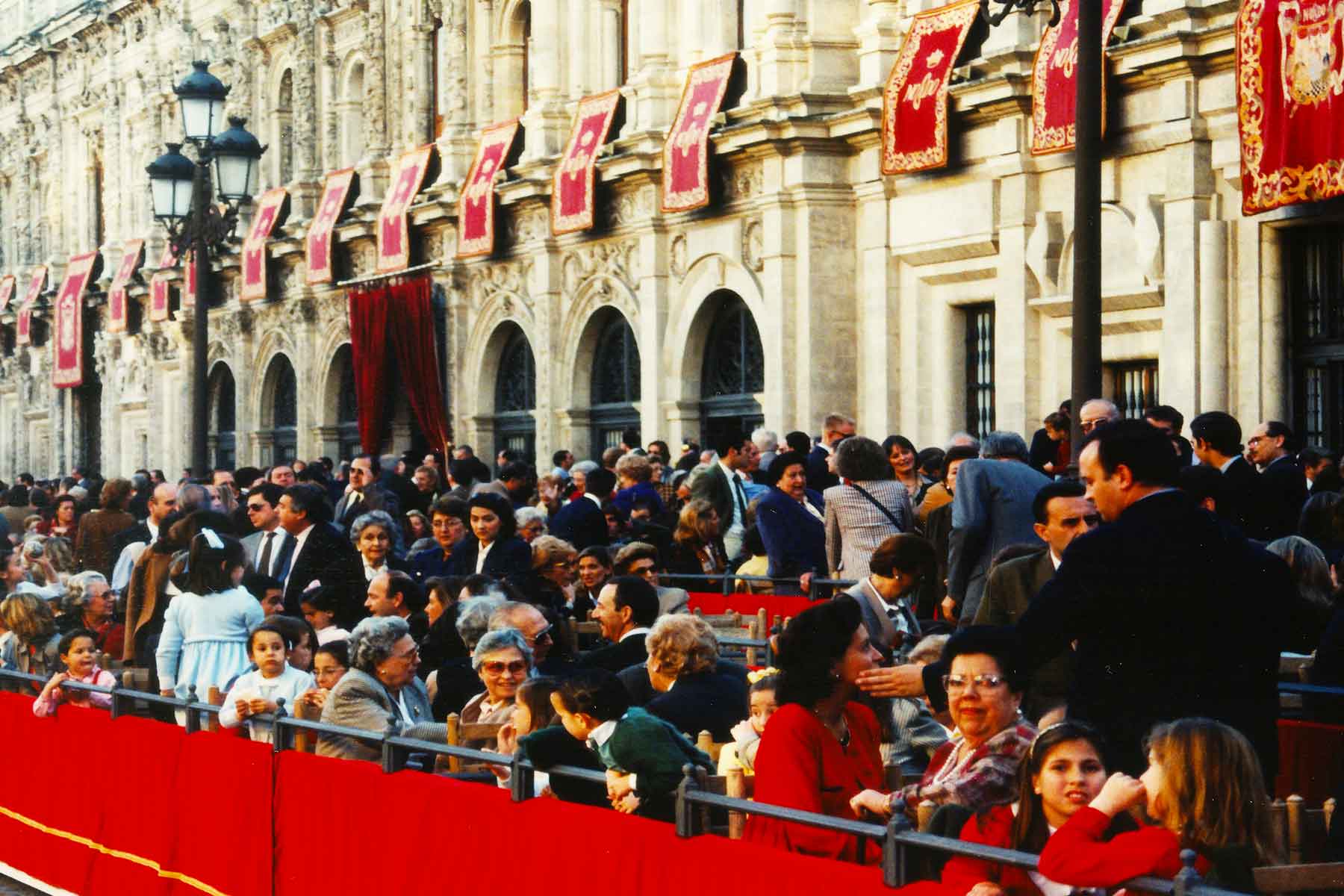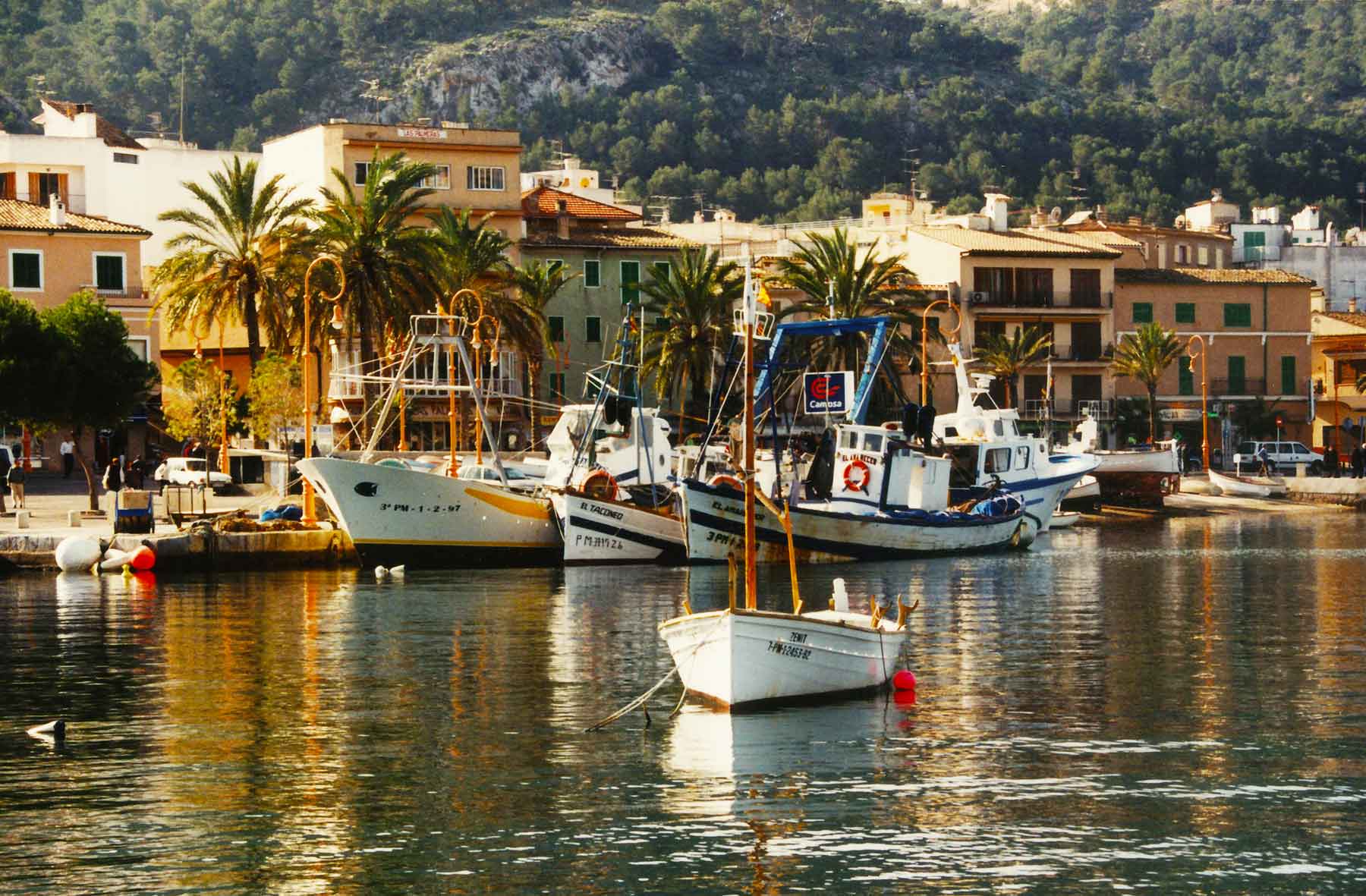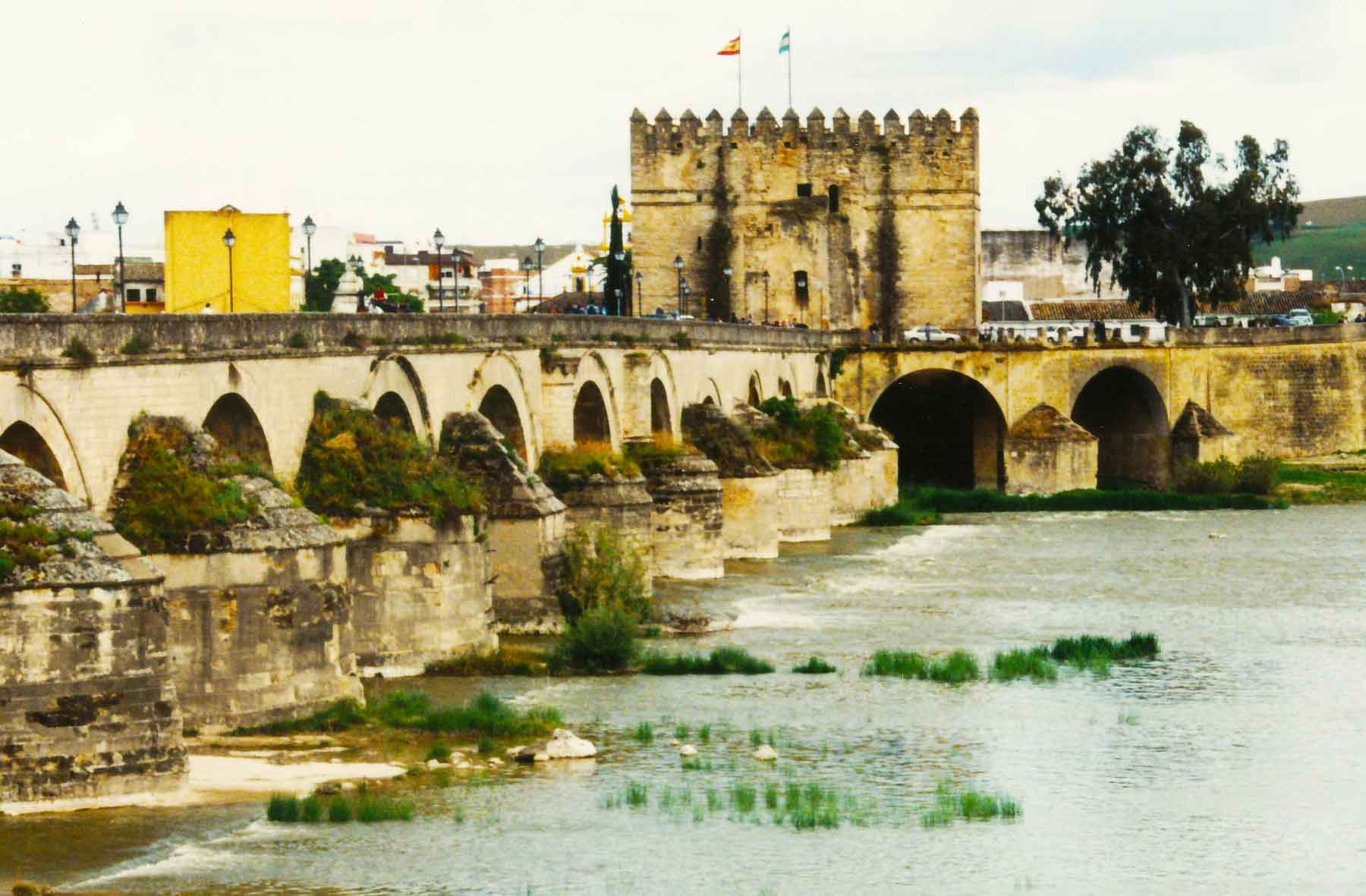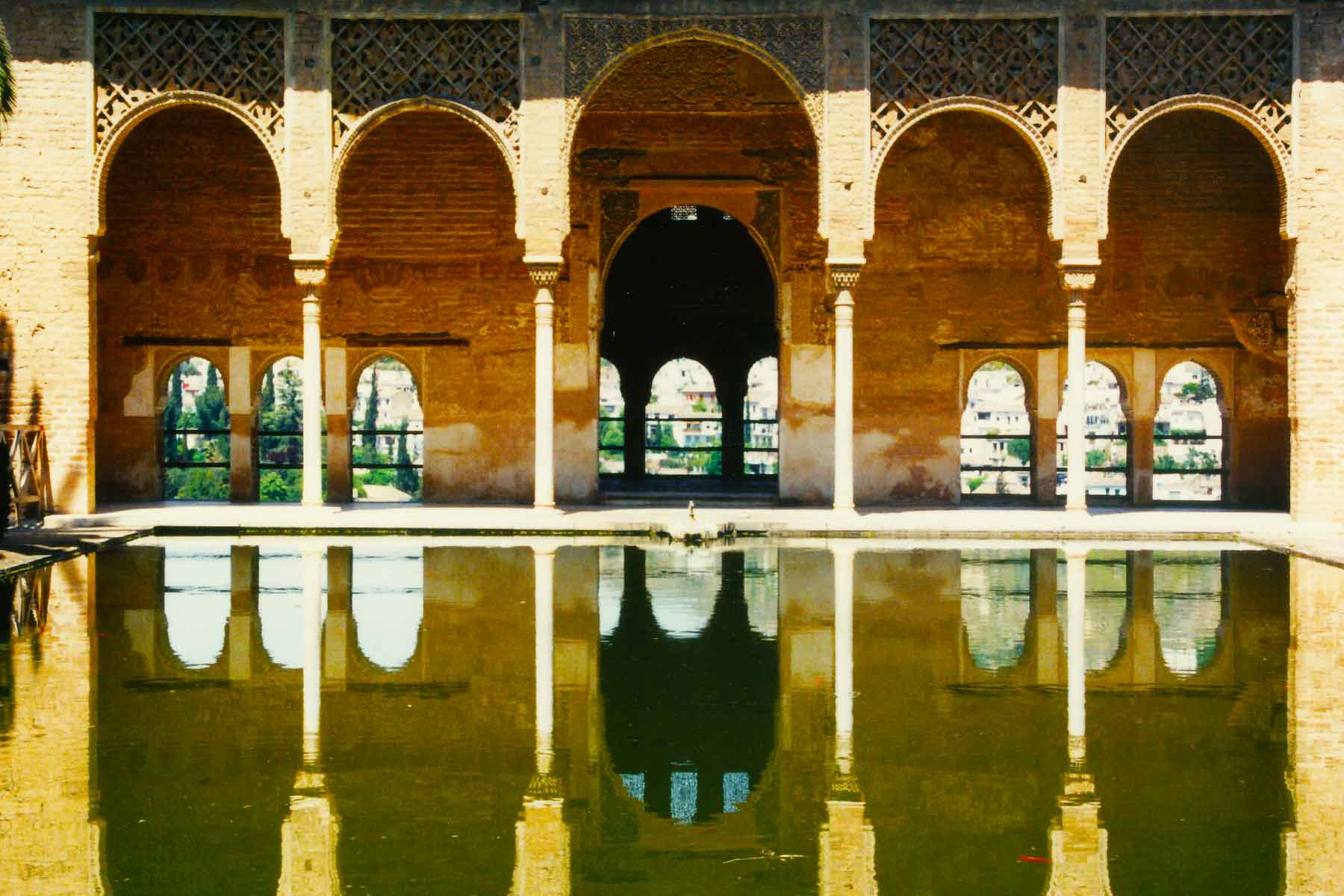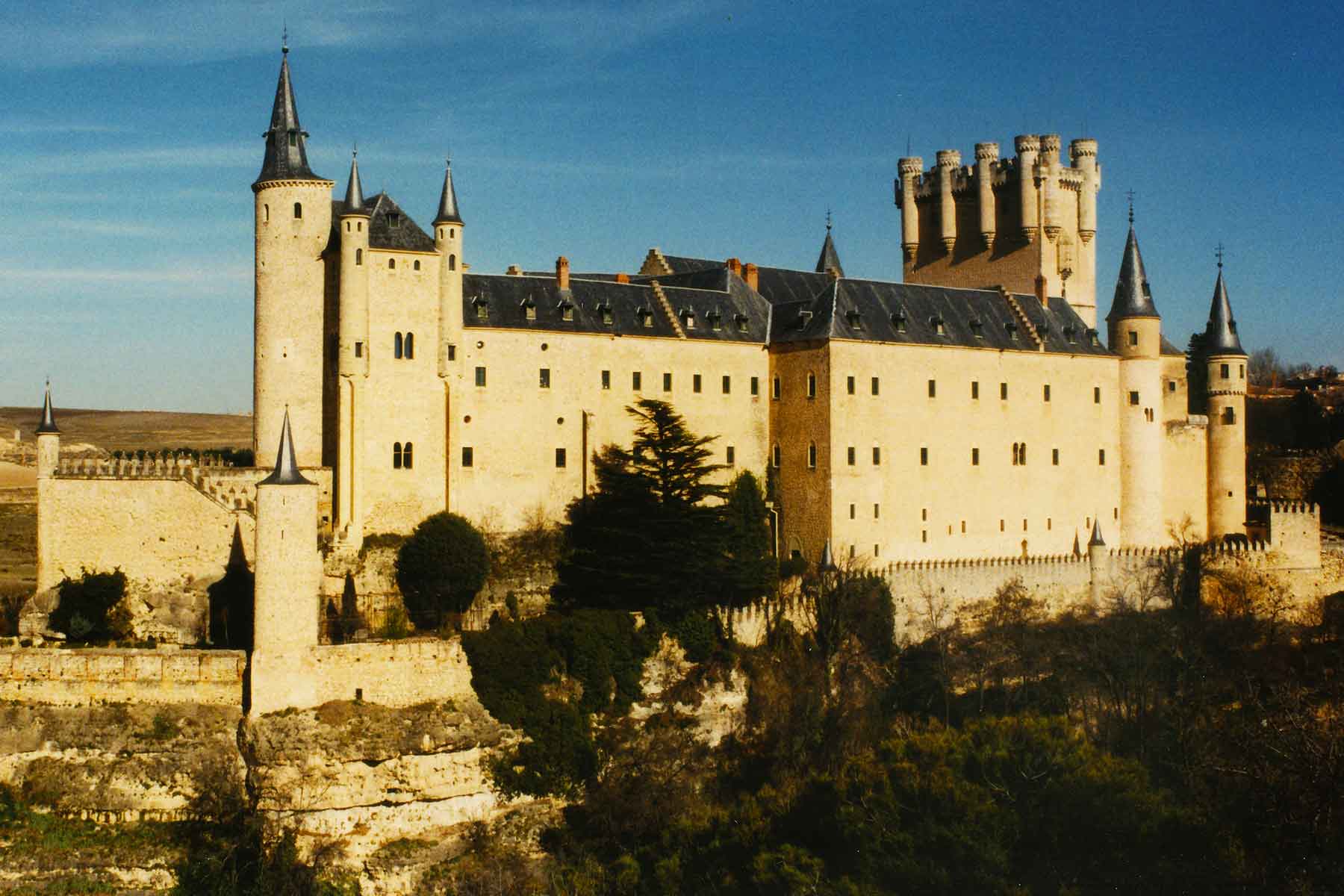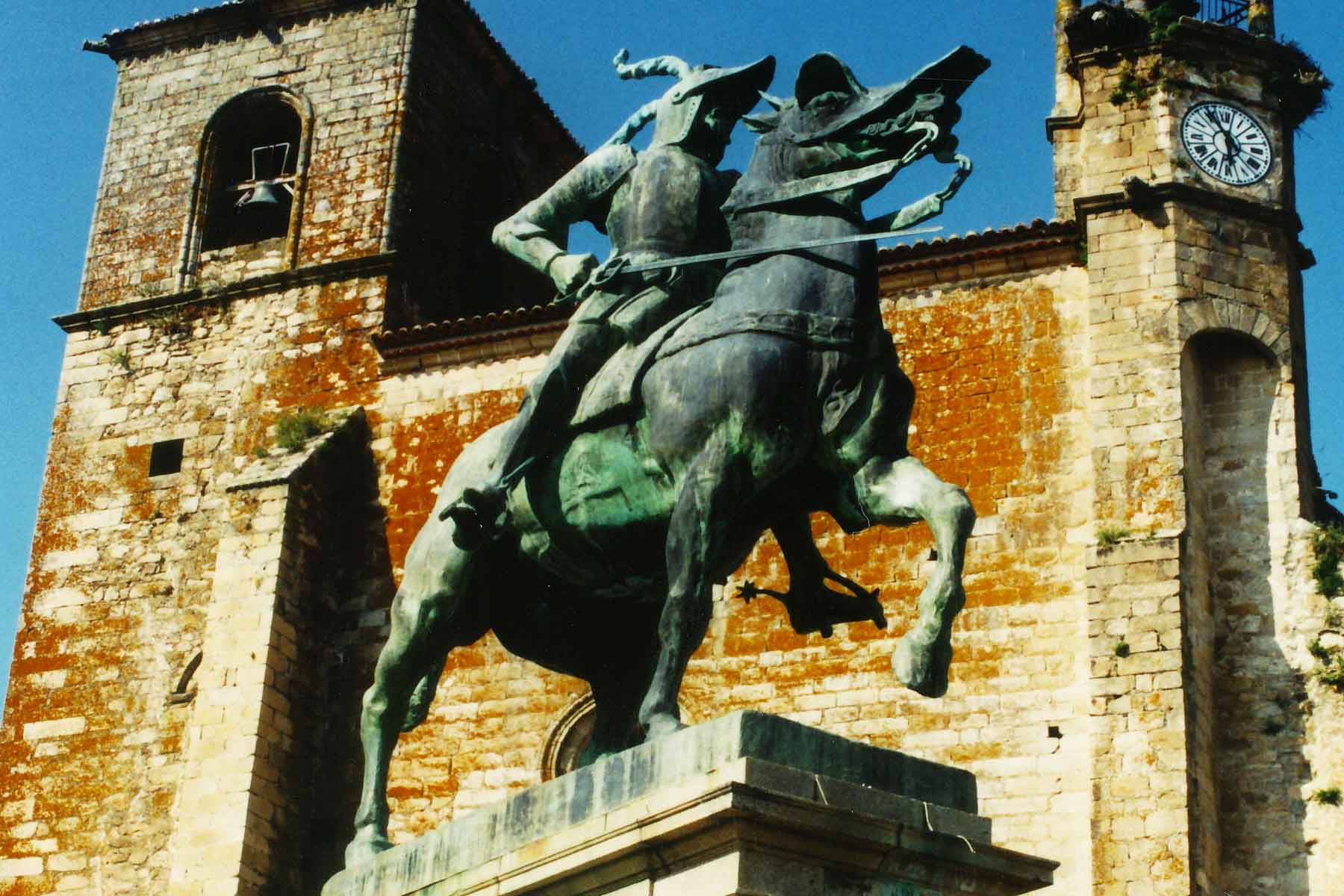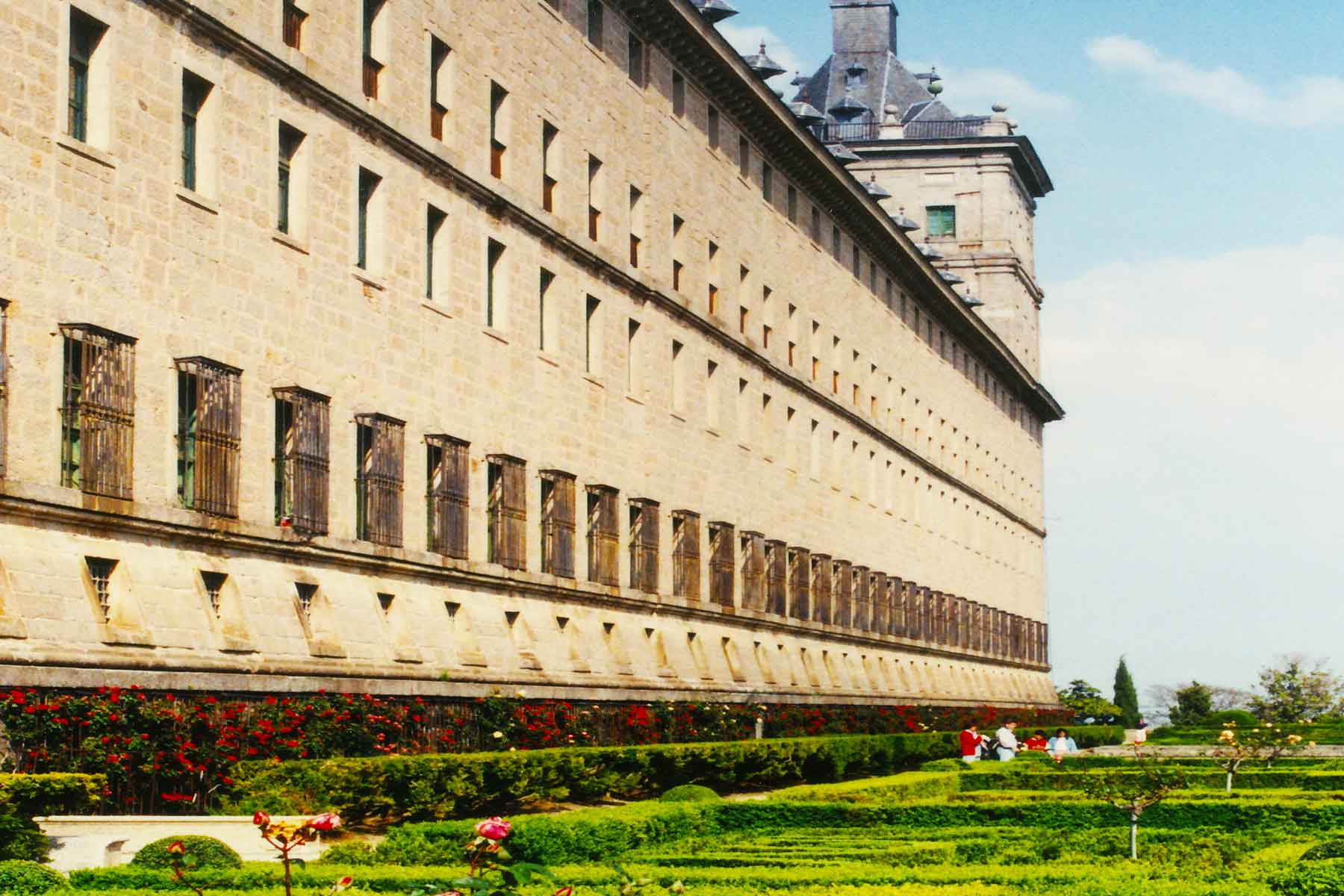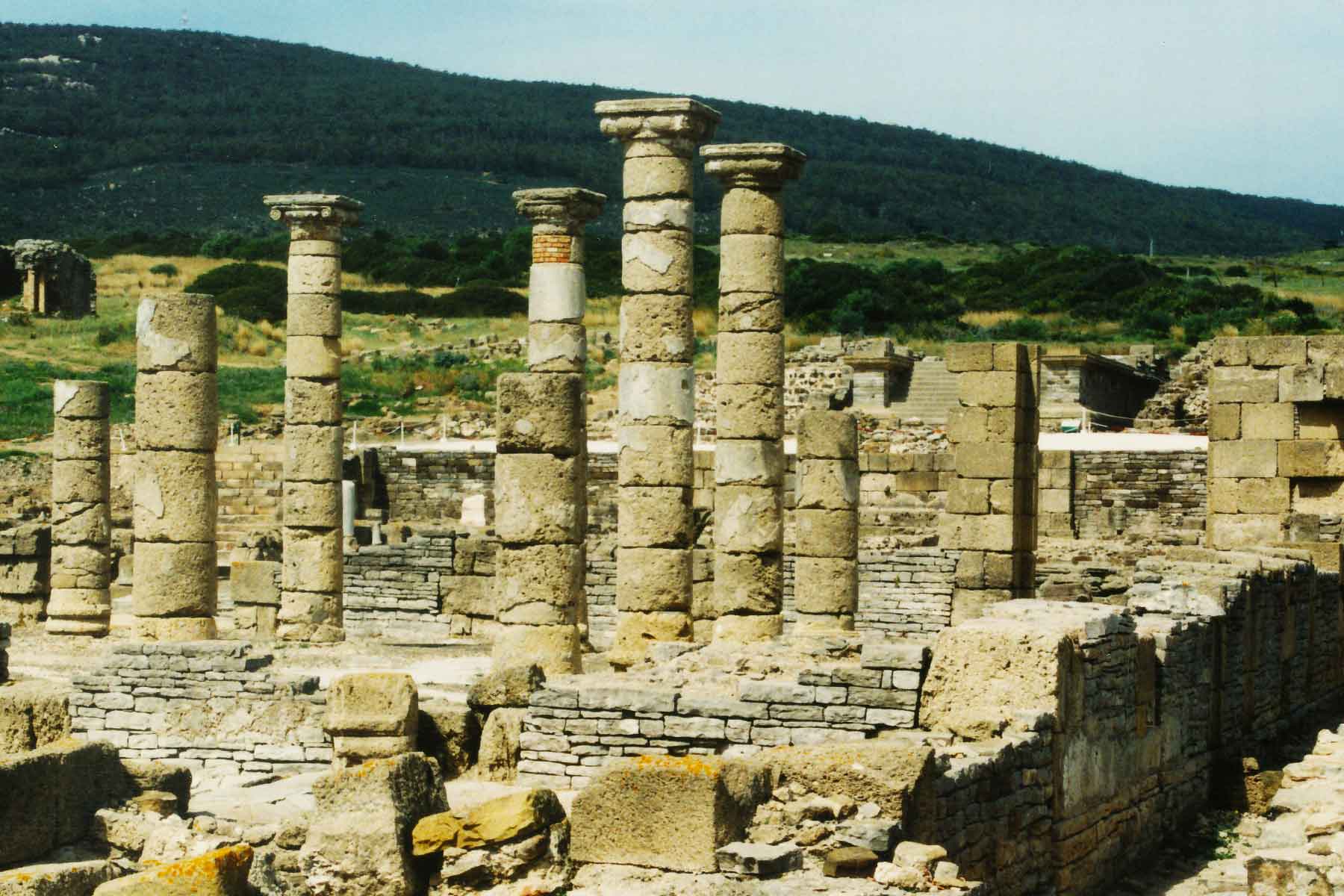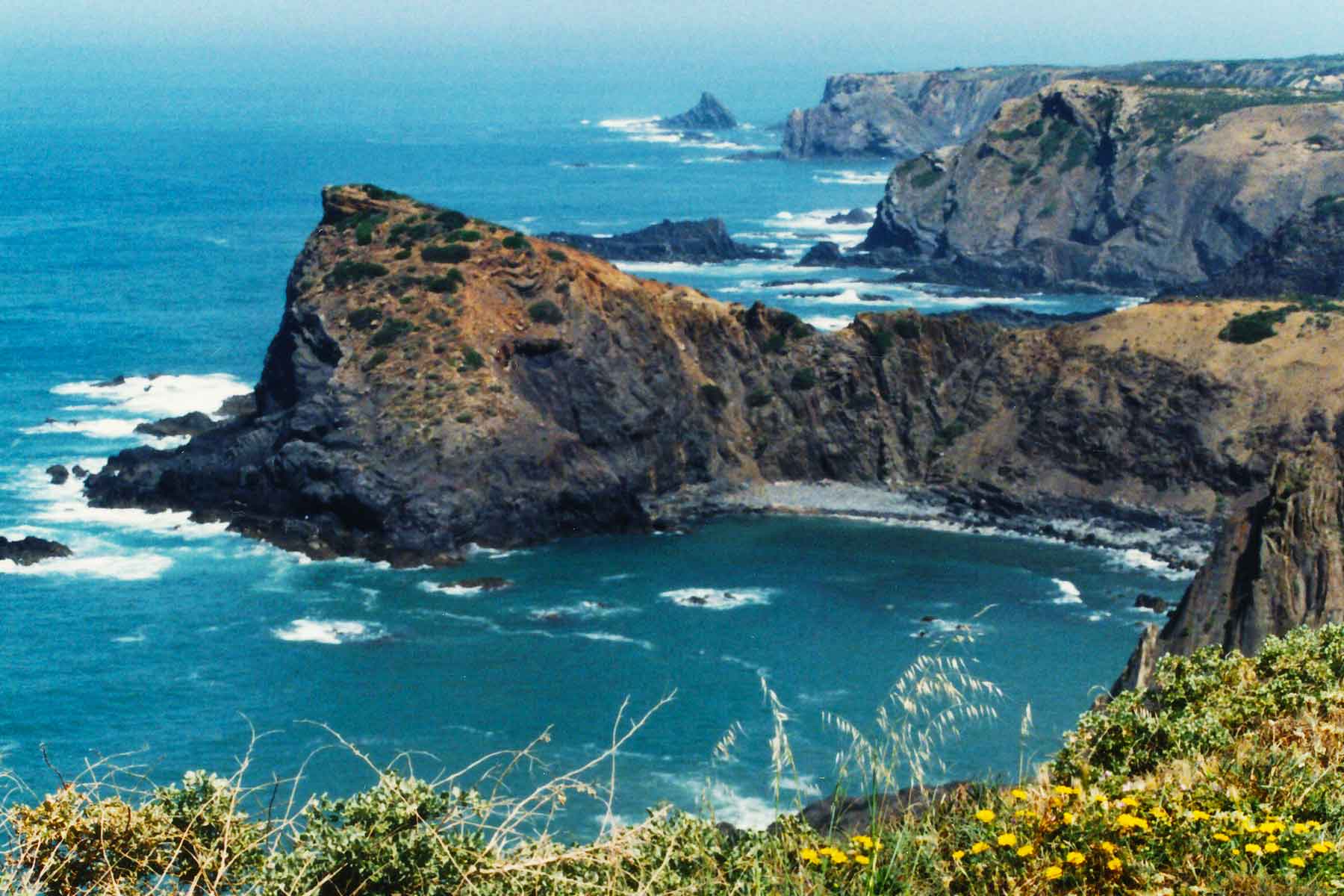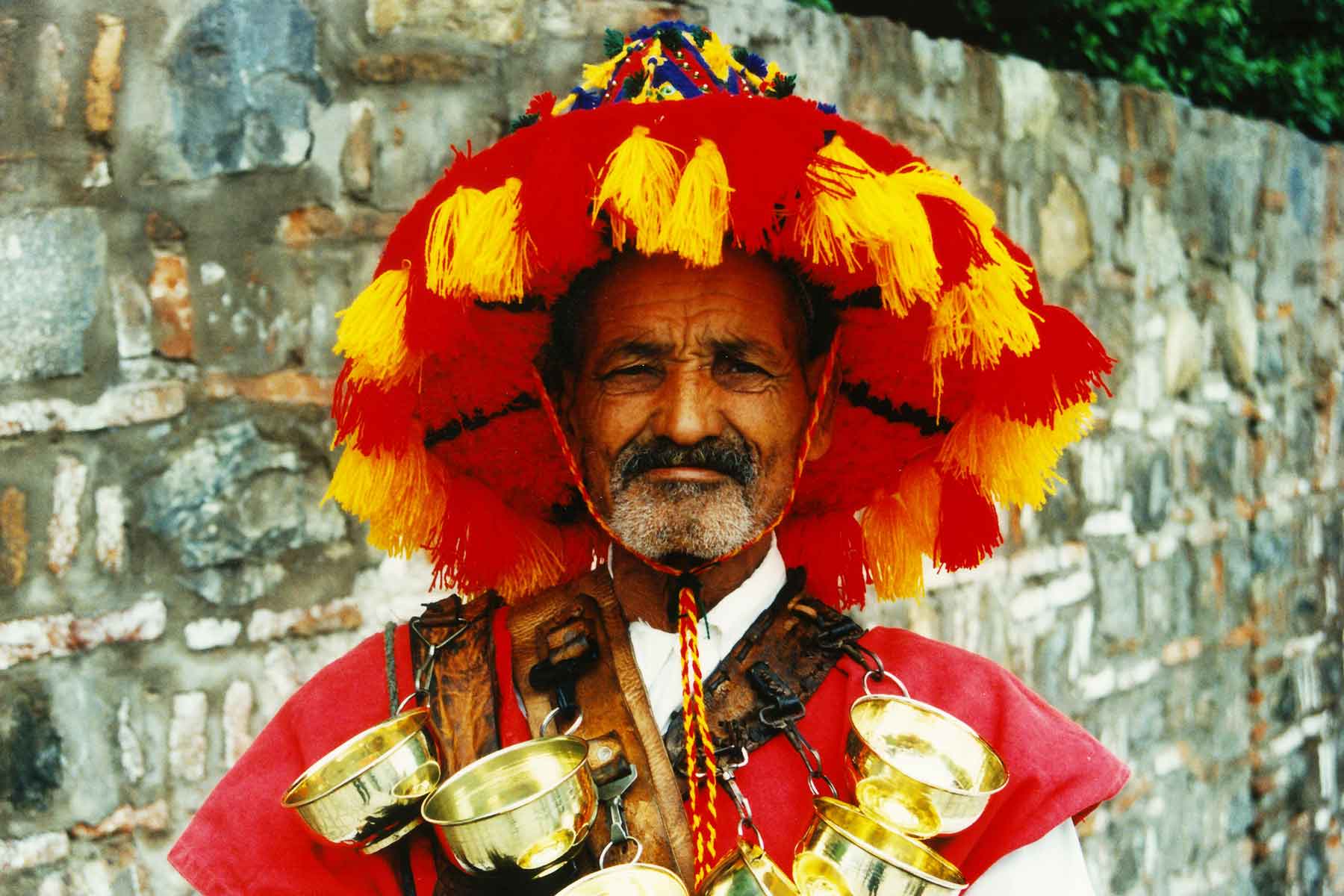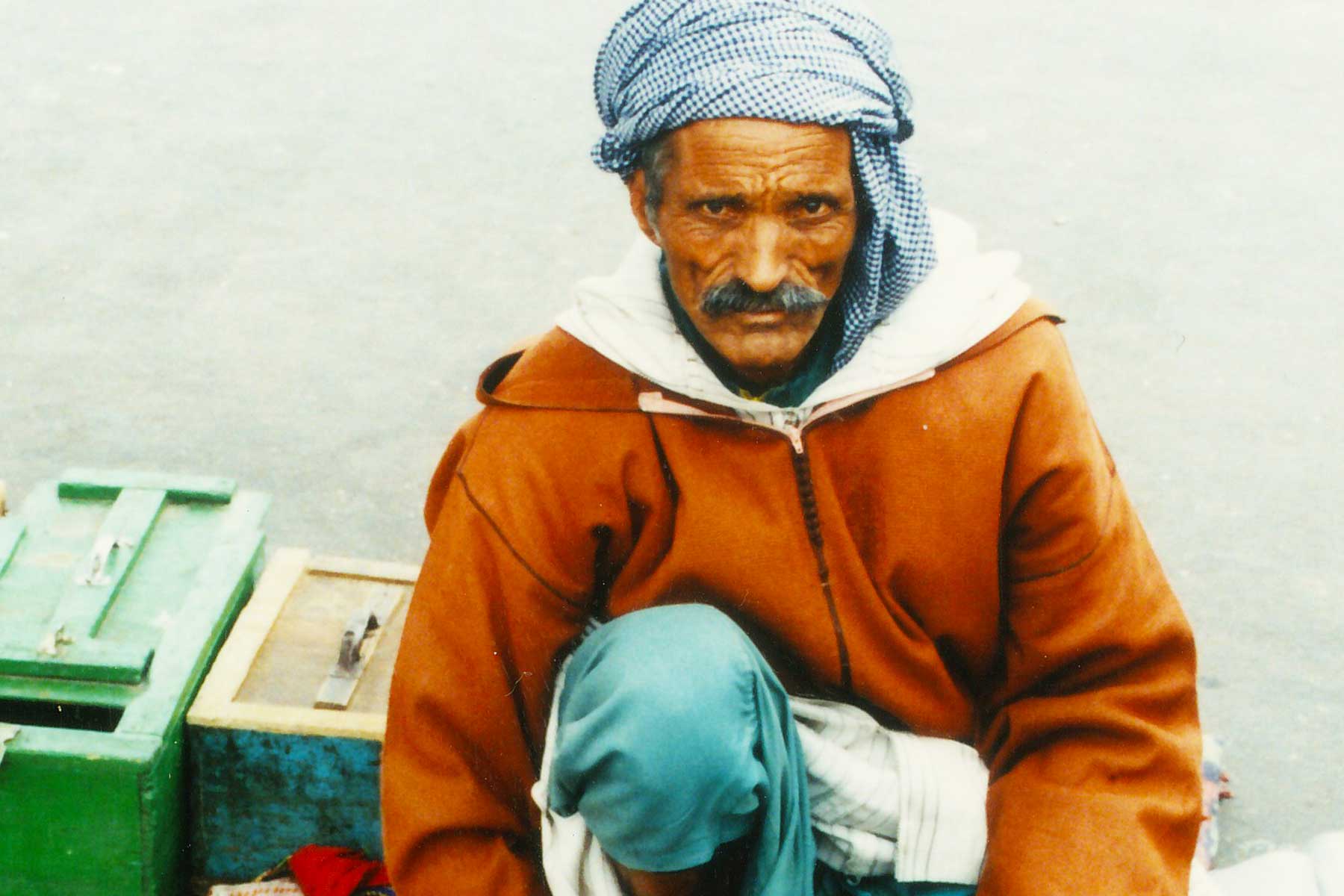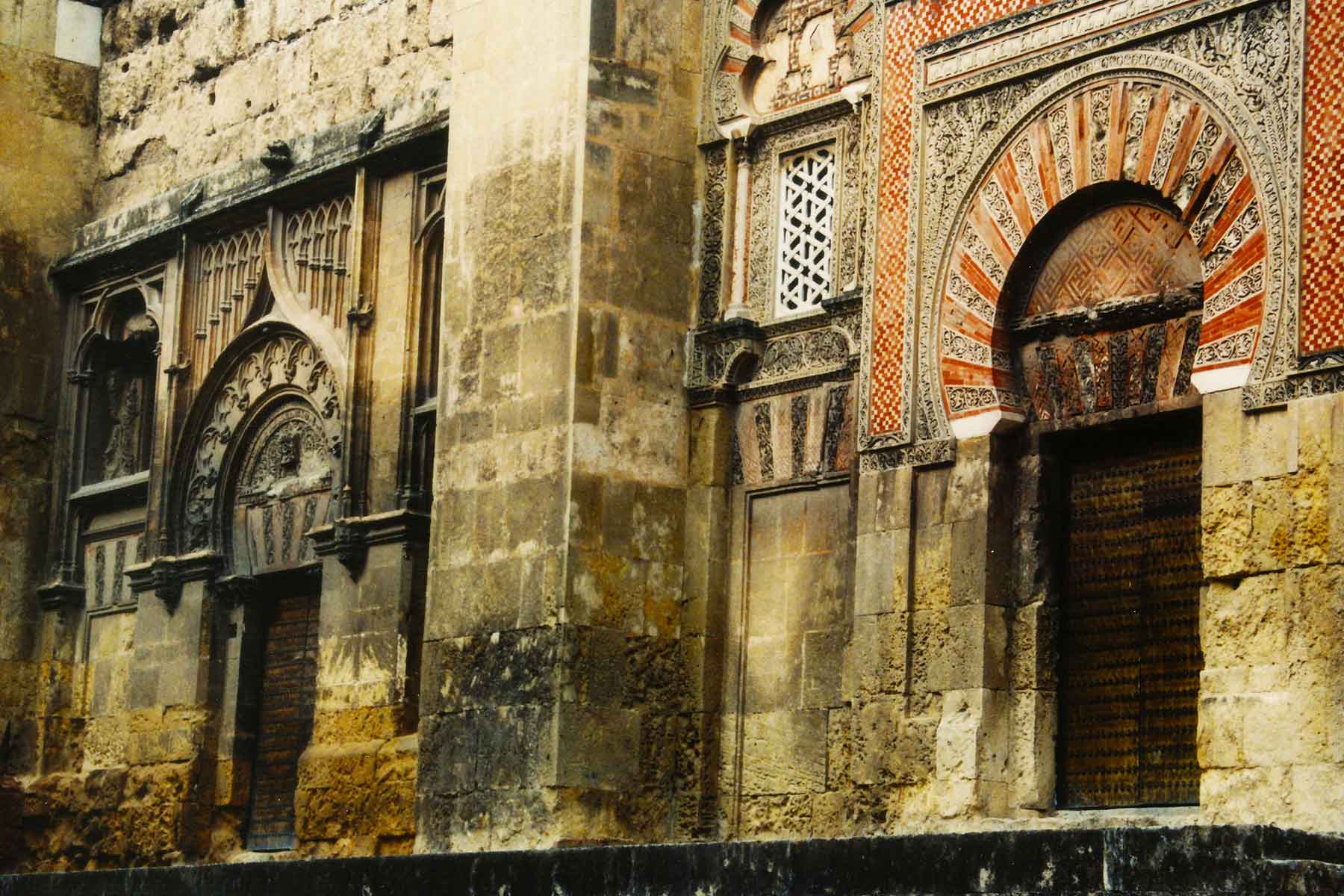Asst Professor Dr Steven A Martin
Assistant Professor of Asian Studies in Sociology and Anthropology
SEVILLE, SPAIN 1998 | LA PRIMAVERA, LA SANGRE ALTERA
Welcome to my Spain semester abroad Learning Adventure. I hope you enjoy the pictures, and find the links useful.
This page is part of a series of journals documenting my Grand Tour of education abroad programs, which culminated in my becoming a professional academic.
In 1998 I spent a semester abroad in Seville, Spain, with St. Bonaventure University (SBU), College Consortium for International Studies (CCIS), and the International College of Seville (ICS).
1998 Spring Semester in Seville, Spain
- Campus-based courses | Culture and society of Spain, History of Spain, and Spanish language.
- Travels around Spain | Cordoba, Granada, Rhonda, Marbella, Madrid, Mallorca, and Segovia.
- International travels | Morocco and Portugal.
Spain and the Iberian Peninsula
For more than 15,000 years, people have been creating extraordinary art on the Iberian Peninsula.
Beginning with images of bison painted on cave walls at Altamira over 15,000 years ago, the art that we can see today in Spain covers the whole of human history. The ancient Greeks and Phoenicians, the Romans who dominated Spain for six hundred years, the invading Germanic Visigoths, and the Moors from North Africa who crossed the Strait of Gibraltar, bringing Islamic art, architecture, and religion, all left their artistic and cultural legacy on this unique country. As an American, the experience of living and studying in Spain brought history into my life in a way that I hadn’t encountered before.
Spring semester in Seville
During the 5 months in 1998 that I studied in Seville, I saw the people and parks come to life with the arrival of spring, experiencing first-hand the Spanish idiom "La primavera, la sangre altera" (In Spring, the blood rises). As the green leaves and orange blossoms appeared, and the vibrant bougainvillea came alive in the parks, so came the sunshine, warm weather, and tourists from around the globe.
Click on photos to enlarge.
The 1998 Seville program
In 1998, the Seville semester abroad program was designed so that our courses were held Monday through Thursday, giving us three day weekends for traveling outside the city.
After classes on weekdays, I explored the many local sites around Seville, such as the Alcazar, Cathedral, Bullring, Italica, Plaza de San Francisco, Torre del Oro, and other parks and museums.
My neighborhood | Porvenir
While in Seville, I lived in a small apartment in a neighborhood named Porvenir. It was a coincidence that the Sevillian apartment owners, who were my host family, shared my surname. The sign above the entrance to my door read "Casa Martin".
Porvenir means "for the future" due to the planned construction ahead of the 1929 Ibero-American Exposition World's Fair. It included not only the housing area where I lived, but also two current landmarks in Seville, namely the Plaza de Espana and Maria-Lusia Park.
Plaza de España
The Plaza de Espana and the Maria-Lusia Park were a short walk from my apartment, and I passed through them nearly every day. Many times I met new people, Spanish couples young and old, horse-drawn carriage operators who took tourists for rides, and occasionally Gypsies offering a rose in exchange for good luck or a curse, depending whether or not I was willing to give up a few pesos.
The spectacular architecture of the Plaza de Espana has featured in many famous movies, including Lawrence of Arabia (1962), Star Wars Episode II, Attack of the Clones (2002), and The Dictator (2012).
Maria Luisa Park | Parque de María Luisa
Maria-Lusia Park (Parque de María Luisa) is Seville's foremost green area, featuring Moorish-style gardens and architecture with fountains, monuments, pavilions, ponds, and statues.
What I remember most are well-dressed ladies and gentlemen out for sunset walks, young couples kissing on colorful tiled benches, and afternoon visits to the Museum of Arts and Traditions of Sevilla.
Seville cultural events
When studying abroad in Seville during the Spring semester, week-long cultural highlights include the Seville Fair (La Feria de Abril) and Holy Week (Semana Santa).
Click on photos to enlarge.
Seville Fair | La Feria de Abril de Sevilla
Holy Week | Semana Santa
National and international travels
Three-day weekends
Throughout the five months I lived in Seville, I made good use of my three-day weekends.
From Monday to Thursday, I attended all classes, and completed all assignments, but on Friday mornings, I woke to the Spanish sunrise, tidied up the apartment, and headed directly to the bus or train station.
I visited, photographed, and studied important cultural centers in central and southern Spain, such as Cordoba, Granada, Ronda, Marbella, Madrid, Segovia, and the Balearic island of Mallorca.
Long holiday breaks
On longer holiday breaks, I went on more adventurous trips, such as Lisbon and the Algarve region in Portugal for surfing, or across the Strait of Gibraltar to Tangiers, Morocco. One particular trip, I rode the Marrakech Express and hired a guide in order to cross the Atlas Mountains, entering the Sahara Desert, and riding a camel east toward the Algerian border.
Portugal
Morocco
Academic interests | Al-Andalus and Islamic-influenced Spain
711-1492
A topic of personal interest to me is Islamic-influenced Spain, sometimes referred to as Al-Andalus, a term recognizing the Muslim territories of the Iberian Peninsula. At its greatest extent during the 8th century, Islamic rulers governed most of Spain and Portugal.
During the 780 years (711-1492) of the Moors in Spain, Islamic territories waxed and waned depending on political tides, creating frontier areas where Christian and Islamic influences were in close contact, politically, culturally and economically. For example, a close look at place names around Andalusia reveals many towns with the name "de la frontera" added.
Beginning in 711, swift-moving Islamic armies from north Africa invaded Spain, and in less than a decade occupied nearly all of the Iberian Peninsula. A process of acculturation followed, and Spain developed, and flourished, into a hybrid civilization comprising Muslims, Christians, Jews, Gypsies, and other cultural influences.
Although conflicts certainly existed between the various cultural traditions and religions, they were, for the most part, mutually tolerated and therefore combined to form a new culture. As a result, Islamic-influenced Spain developed into one of the most sophisticated cultures that Europe had seen since the fall of the Roman Empire four hundred years earlier.
One of the more fascinating outcomes was the arrival of ancient Greek and Roman knowledge which had been preserved in Islamic libraries. While living, studying and traveling in Spain, I learned that ancient Greek philosophy, math, and science, which had long since been translated to Classical Arabic, was translated back into Latin, Spanish, and other European languages during the Moorish period. This knowledge had been lost in Europe because of the Christian habit during the Dark Ages of burning all books other than the Bible. It is ironic that after Christians had destroyed all the pre-Christian written history and wisdom of Europe, much of this knowledge arrived back in the continent through the Moorish influence in Spain.
This is to say that the great body of Greek knowledge, as well as ancient works from Persia, India, and China, essentially unavailable to the West for several centuries, became available once again. Notably, areas of knowledge and research, particularly math, architecture, and astronomy, which had been familiar to adepts in ancient Greek and Roman cultures, had been further developed by Islamic scholars, and subsequently, this powerful knowledge flowed into, and through, Spain, eventually reaching important cultural centers in France, England, Germany and crucially Florence, Italy, where these books helped to kickstart the artistic and scientific revolution that later became known as the Renaissance.
The culture of Al-Andalus thus had a major impact on the shift of Western Europe out of the Middle Ages and into the Renaissance.
I was fortunate enough to study this topic at the International College of Seville, and to visit key sites with my professor, Oxford-educated Richard Bastin, who I nicknamed "Señor Bastino" due to his expertise in Spanish culture and history, although he was actually English. Our travels together included a visit to Toledo, where scholars at the Toledo School of Translators undertook the important work of translating the ancient texts into European languages in the twelfth and thirteen centuries.
Online Resources
- Al-Andalus | The Art of Islamic Spain | 55 mb PDF 464 pages
- Andalusia's official tourism portal | Andalusia.org
- Cathedral de Sevilla | Virtual museum
- History of Islamic Spain – Unknown author | 20 mb PDF (132 slides)
- Met Publications | Al-Andalus: The Art of Islamic Spain
- Museo Nacional y Centro de Investigación de Altamira | National Museum of Altamira
- Museum of the Alhambra | Alhambra De Granada
- Museums with No Frontiers | Discover Islamic Art
- Paleolithic Art of North Spain | Altamira Cave | 3 mb PDF in Spanish p. 615
- Spanish Arts | Spanish-art.org
- Spain's official tourism portal | Spain.info
- University of Texas at Austin | Perry-Castañeda Library Map Collection – Spain
